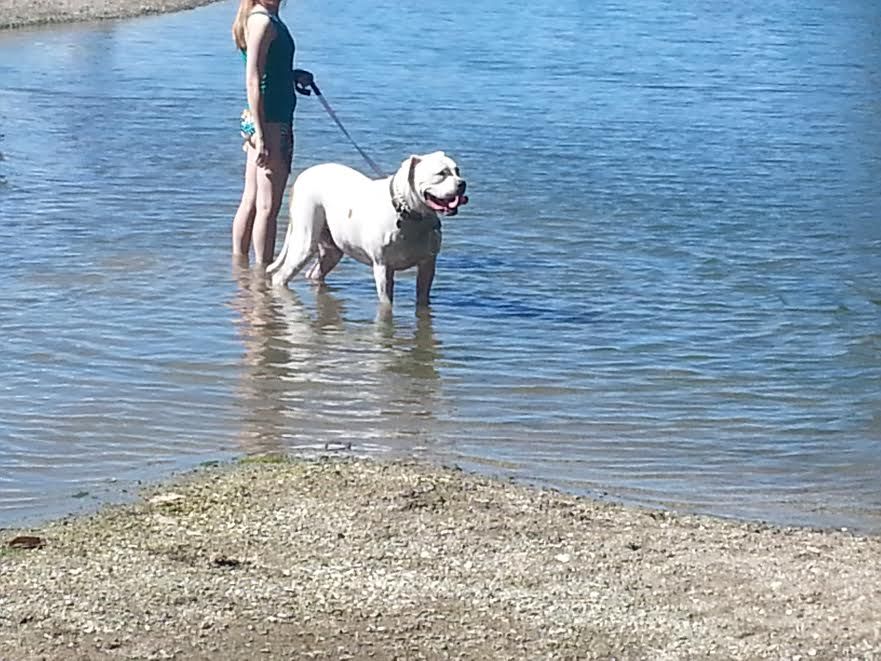My WIP has a little girl, about 12 years old, out in the woods with only a Roman war dog for company. The dog can hunt and I'll simply posit he's willing to bring back a kill and share it. That's a bit of a leap, but not insurmountable.
But she's got no way to make fire and I don't want to figure a way for her to do so, as smoke is going to attract unwanted attention. So the question of the moment is: what sort of kill might she be able to eat uncooked without getting sick?
The answer "no sort" is acceptable. She's only out in this condition for a couple of days and can survive on nuts and berries. I simply want to know if the raw meat (from whatever sort of animal the dog might bring down) is going to make her sick.
But she's got no way to make fire and I don't want to figure a way for her to do so, as smoke is going to attract unwanted attention. So the question of the moment is: what sort of kill might she be able to eat uncooked without getting sick?
The answer "no sort" is acceptable. She's only out in this condition for a couple of days and can survive on nuts and berries. I simply want to know if the raw meat (from whatever sort of animal the dog might bring down) is going to make her sick.

 Troubadour
Troubadour
 Auror
Auror Myth Weaver
Myth Weaver Dreamer
Dreamer Inkling
Inkling

